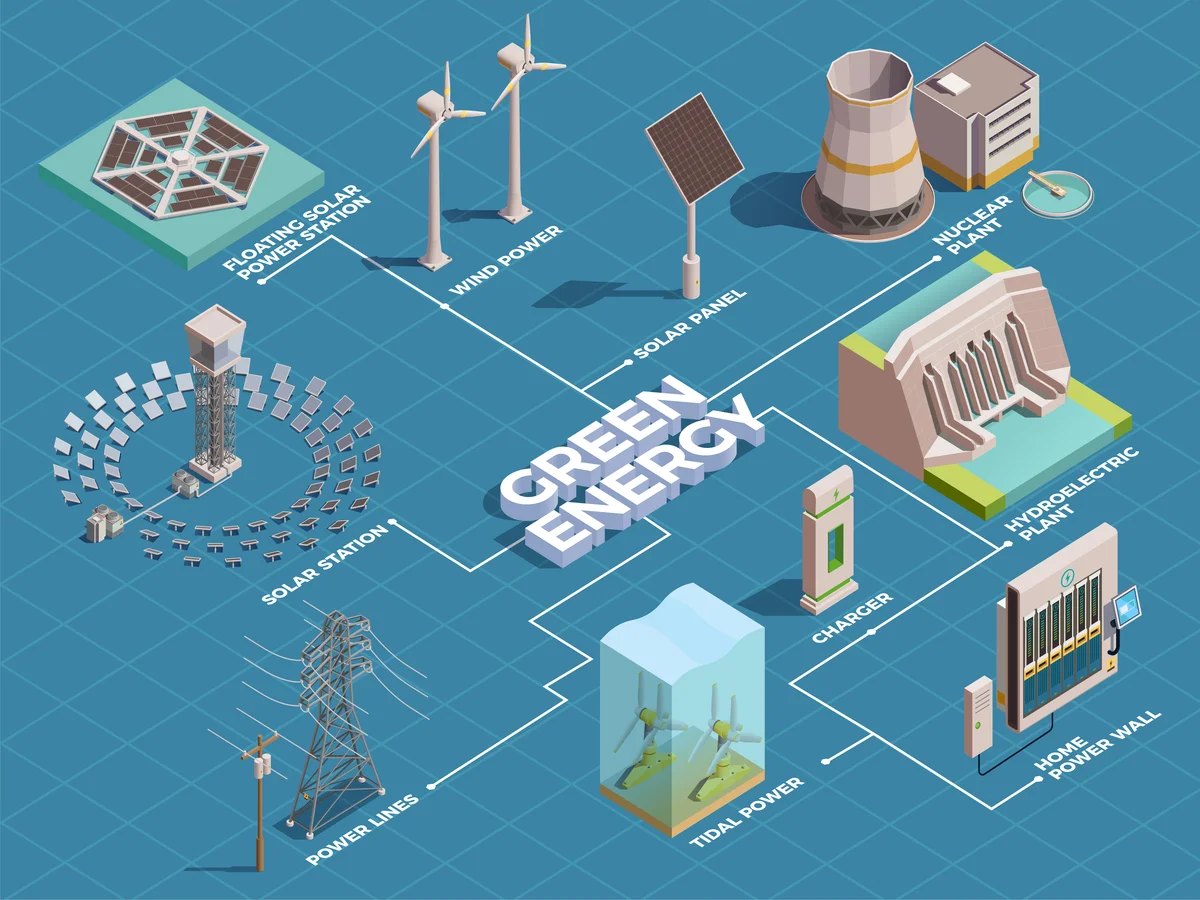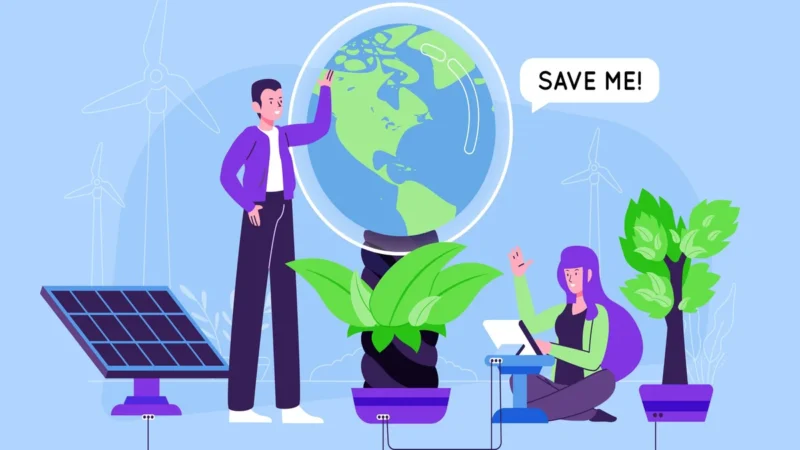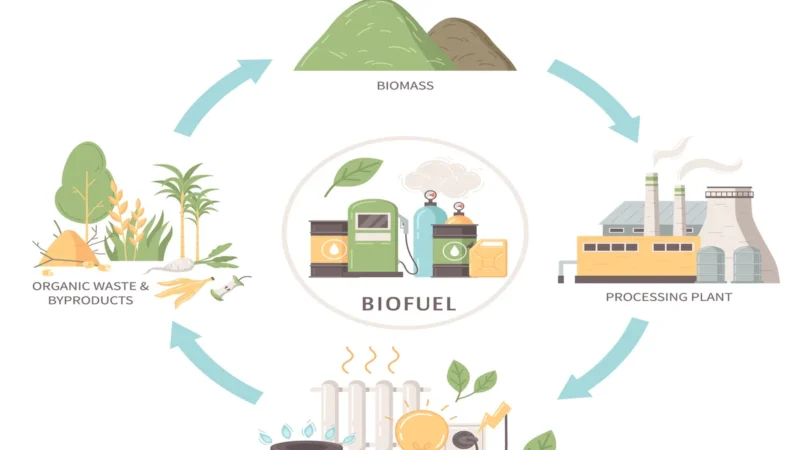Empowering the Grid: Breakthroughs in Energy Storage Technologies

In our rapidly evolving world, the demand for clean and reliable energy has never been greater. As renewable energy sources like solar and wind power become increasingly prevalent, one of the biggest challenges we face is efficiently storing and distributing this energy to meet the needs of consumers. Breakthroughs in energy storage technologies hold the key to unlocking the full potential of renewable energy and empowering the grid to deliver sustainable power on a large scale.
The Need for Energy Storage:
Renewable energy sources, such as solar and wind, are intermittent in nature. The sun doesn’t shine 24/7, and the wind doesn’t blow consistently. Energy storage systems play a vital role in overcoming these fluctuations by capturing excess energy during times of high production and releasing it when the demand is high or when renewable sources are not generating power. This capability is crucial for achieving a stable and reliable power grid.
Breakthroughs in Energy Storage Technologies:
Lithium-ion Batteries:
Lithium-ion batteries have been at the forefront of energy storage breakthroughs. They are widely used in portable electronics and electric vehicles due to their high energy density, longer cycle life, and fast charging capabilities. Continuous research and development efforts have resulted in advancements, making these batteries more affordable and scalable for grid-scale applications.
Flow Batteries:
Flow batteries are another promising technology for energy storage. They store energy in liquid electrolytes contained in separate tanks and generate electricity through chemical reactions when needed. Flow batteries offer advantages such as longer lifespan, high efficiency, and the ability to independently scale power and energy capacities, making them ideal for large-scale grid applications.
Solid-State Batteries:
Solid-state batteries represent a significant breakthrough in energy storage technology. Unlike traditional lithium-ion batteries, which use liquid electrolytes, solid-state batteries employ solid electrolytes, resulting in higher energy density, enhanced safety, and improved performance. These batteries have the potential to revolutionize energy storage by providing longer-lasting and faster-charging solutions.
Thermal Energy Storage:
Thermal energy storage systems store heat generated from renewable sources, such as concentrated solar power or geothermal energy. The stored heat can be later converted into electricity or used for heating purposes when needed. Thermal energy storage offers high efficiency, long-term storage capabilities, and can play a crucial role in balancing the intermittent nature of renewable energy sources.
FAQs
Q: Why is energy storage important for the grid?
A: Energy storage allows us to store excess energy generated during peak production periods and release it during high demand or when renewable sources are not generating power. It helps balance the intermittent nature of renewable energy and ensures a stable and reliable power supply.
Q: How do breakthroughs in energy storage technologies benefit consumers?
A: Breakthroughs in energy storage technologies lead to more affordable and efficient storage solutions. This, in turn, reduces the overall cost of renewable energy, making it more accessible for consumers. It also enhances grid reliability and enables a smoother transition towards a sustainable energy future.
Q: Are these technologies scalable for large-scale grid applications?
A: Yes, many of these breakthrough energy storage technologies, such as lithium-ion batteries and flow batteries, are scalable for grid-scale applications. Continuous research and development efforts are focused on making them more cost-effective and capable of meeting the increasing energy demands of the grid.
Q: How does energy storage contribute to environmental sustainability?
A: Energy storage allows for a higher penetration of renewable energy sources, reducing the reliance on fossil fuels. By storing excess energy and utilizing it when needed, energy storage technologies help decrease greenhouse gas emissions, combat climate change, and create a cleaner and more sustainable energy system.


